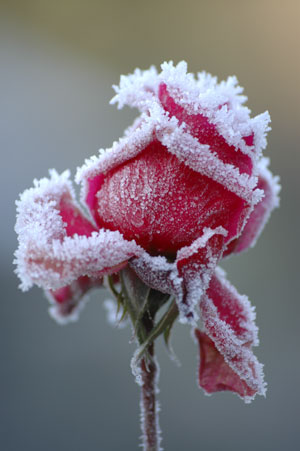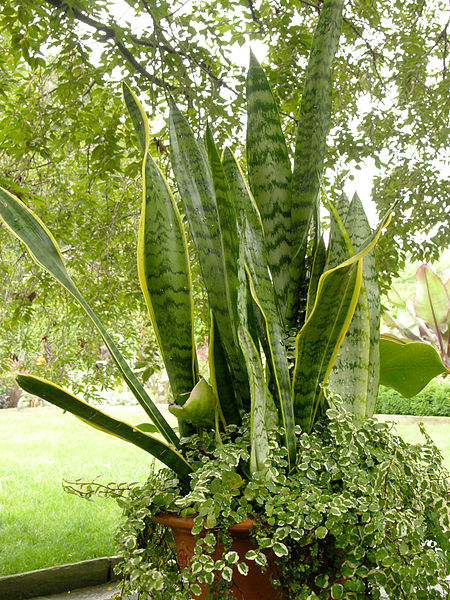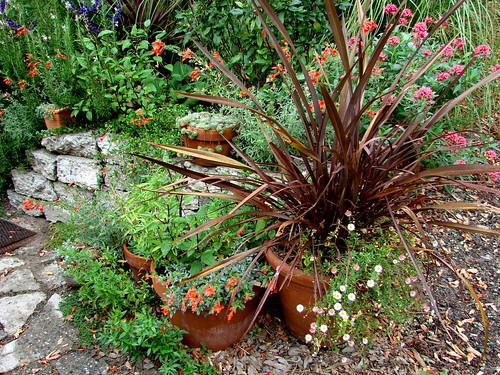 Â
Â
TheGardenLady has been writing about a hardinessTemperature Zone Map for use when planning and planting your gardens. For those readers who wonder what TheGardenLady is writing about, let me explain.
There are a number of factors/needs that are involved in growing plants. For example, each plant has its special water needs, special soil needs or special fertilizer needs, etc. to allow it to grow to its optimum best. One of the important factors in raising plants outdoors is the temperature plants need to allow them to metabolize properly.  Plants grow best within a range of temperatures; for some plants the temperature range will be narrow and for others the range can be wider. Plants also differ in their ability to survive frost.
Continue reading “Hardiness Temperature Zones: What Zone Will Make My Plant Happy?”


 Â
  Â
  Â
Â